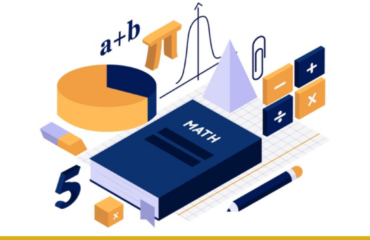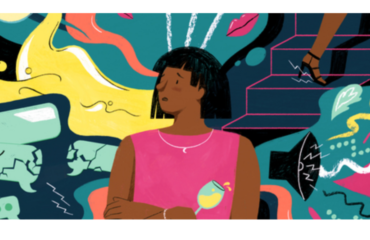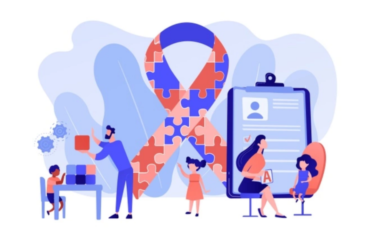
The word “disability” has been a subject of a wide spectrum of debate for ages. Individuals and communities over the years have tried to come up with a definition of the word “disabled” that encompasses most of the “disabilities”. These trials have led to a gradual evolution of various models of disability. These models often act as the tools or basic points of reference used by individuals and institutions ( like the Government ) for defining disability and then devising strategies, services, laws, regulations and structures aimed towards mitigating the struggles of disabled people. Academia and the narrative around disabilities had undergone many changes before the emergence of “neurodiversity”.
As these models are essentially based upon people’s ideas about other people, they help us evaluate and assess the evolution of the attitudes, conceptions and prejudices and social biases prevalent in society. Hence, such models reveal how our society provides or limits access to work, goods, services, economic influence and political power for people with disabilities.
The Social Model of Disability
History:
The beginning of the Disability Rights Movement was fuelled by the Great Civils Rights Movement of the 1960s and 1970s. The establishment of organisations like the Union of the Physically Impaired Against Segregation (UPIAS) and the Liberation Network of People with Disabilities were the features of the early Disability Rights Movement.
The members of these organisations began to formulate a new approach to thinking about disability. This gave birth to the social model of disability that changed the narrative regarding disability. They began viewing disability through the lens of civil rights and equality. This was in stark contrast to the prevalent medical or charitable outlook that people had.
Definition:
Social Model views disability not as a cause but as a consequence of the failure of society to provide the necessary tools required to promote inclusivity.
The Medical Model of Disability
History:
The medical model arose alongside groundbreaking advances in science and medicine in treating disability. The medical model places the power in the hands of doctors and able-bodied individuals. The parameters set by able-bodied individuals influence and dictate the lives of individuals with disabilities. It views disability as a part of the individual which directly disadvantages their “functionality”. It offers no impetus or suggestions regarding the changes in the society that would help accommodate every individual.
Impairment vs. Disability vs. Handicap :
In 1980, the World Health Organization (WHO) published the “International Classification of Impairments, Disabilities and Handicaps.” It made a clear distinction between the following –
- Impairment = a loss or abnormality of physical bodily structure or function, of logic-psychic origin, or physiological or anatomical origin
- Disability = any limitation or function loss deriving from an impairment. Such impairments prevents the performance of an activity in the time-lapse considered normal for a human being
- Handicap = the disadvantaged condition deriving from impairment or disability limiting a person performing a role considered normal in respect of age, sex and social and cultural factors
Definition:
The Medical Model of Disability focuses on what a person with disability cannot “ properly” do.
In this model, disability is something inherently problematic. A person with a disability has impairments, differences that diverge from the prototype of an “able-bodied” person. In this model, “medical treatments” should “fix” such diversions. The medical model looks at what is ‘wrong’ with the person instead of the limitations or the lack of resources that limits the individual.
Neurodiversity
History:
The term “neurodiversity” has its roots in the Autistic Rights Movement of the 1990s. Judy Singer, a famous sociologist is attributed with the coinage of this term. She first used this term in her thesis paper and was a move away from previous “mother-blaming” theories ( Bettelheim’s theory of autism, is a psychological theory that blames the mother and her lack of maternal warmth as a cause of autism) about the cause of autism.
Definition:
Neurodiversity is both a concept and a civil rights movement, developed by online groups of autistic individuals in the late 1990s (Harmon, 2004).
Neurodiversity advocates the denouncement of labels. It refuses to view a person with a disability requiring medical intervention to “cure” or “fix” them. It supports the promotion of support systems such as inclusive social services, accommodations, communication and assistive technologies, etc. They vouch for an inclusive society that spares the individual the burden of internalised oppression. Such individuals can then thrive in society as individuals with their natural neurological dispositions.
Conclusion
With the passing of time, the meaning and the definition of the word “disability” has undergone changes. The ontological history and approach towards the word have suffered from conflicts over the ages. The aim remains the same–the promotion of inclusivity. This shift in discourse has helped us shape a new paradigm to approach the topic of neurodiversity and acknowledge the struggles of neurodiverse individuals. It has helped professionals across the world, come up with new areas for study and practice. These practices pragmatically address social concerns such as education, training, work and inclusion.




You must be logged in to post a comment.